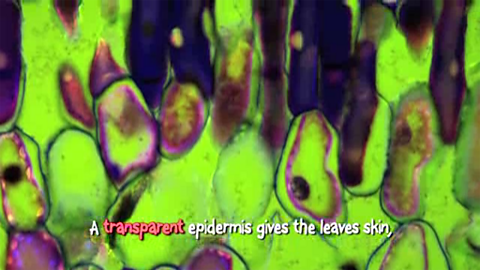Video summary
Science presenter Jon Chase demonstrates the action of the enzyme catalase, produced by the liver, in breaking down hydrogen peroxide into water and oxygen.
The balanced equation for this reaction is shown. Jon describes the role of an enzyme’s active site.
Teacher Notes
You could ask students to place a small amount of bread under their tongue for a few minutes. When they then move the soggy bread across their tongue it will taste sweet.
This is because the enzymes in saliva break down the starch into glucose. Show students a graphic representation of the lock and key hypothesis of how an enzyme works.
Ask them to draw sequential steps of this process in the corners of their exercise book pages and flick them to make an animated diagram.
These short films will be relevant for teaching biology and science in general at KS3 and KS4 in England, Wales and Northern Ireland and National 4/5 in Scotland.
Aerobic respiration. video
Science presenter Jon Chase explains aerobic respiration.
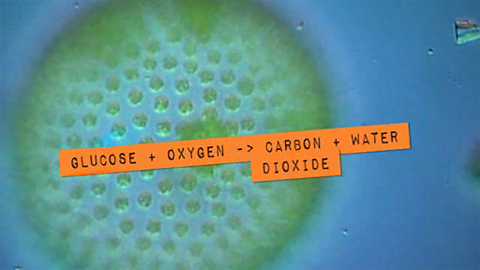
An explanation of photosynthesis. video
Jon Chase explains photosynthesis.
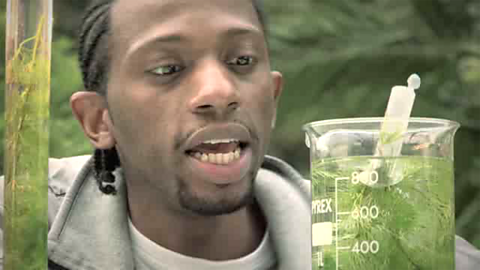
Factors that affect germination. video
Jon Chase investigates the effect of temperature, water and oxygen on seed germination.
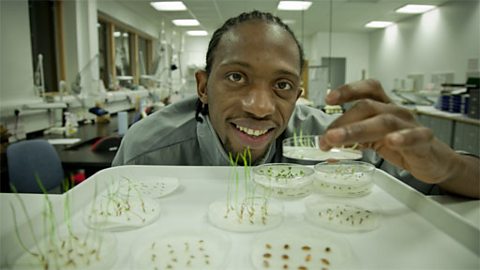
Food as fuel. video
A screaming jelly baby is demonstrated to show the energy content of food.

Microorganisms and bacteria. video
Personal possessions are swabbed for bacteria which are then cultured on agar plates.
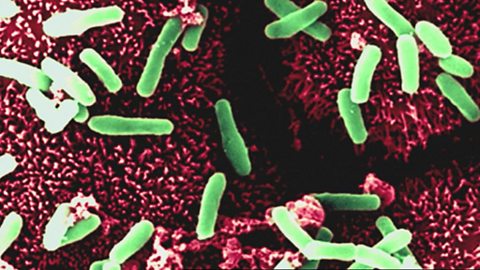
Microscopy. video
Jon Chase describes three different types of microscope.
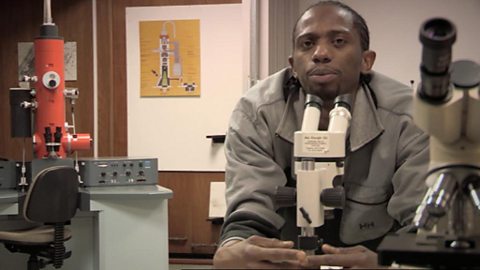
Mitosis Rap. video
Jon Chase raps about the stages of mitosis.
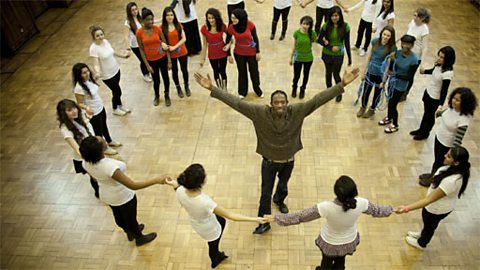
Osmosis Rap. video
Science presenter Jon Chase raps about osmosis.
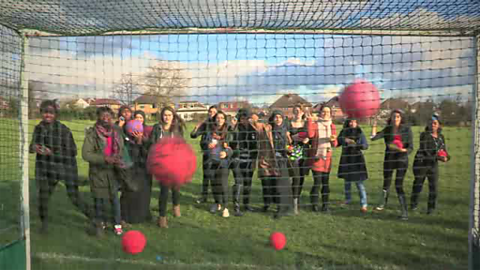
Photosynthesis Rap. video
Science presenter Jon Chase raps about photosynthesis.
